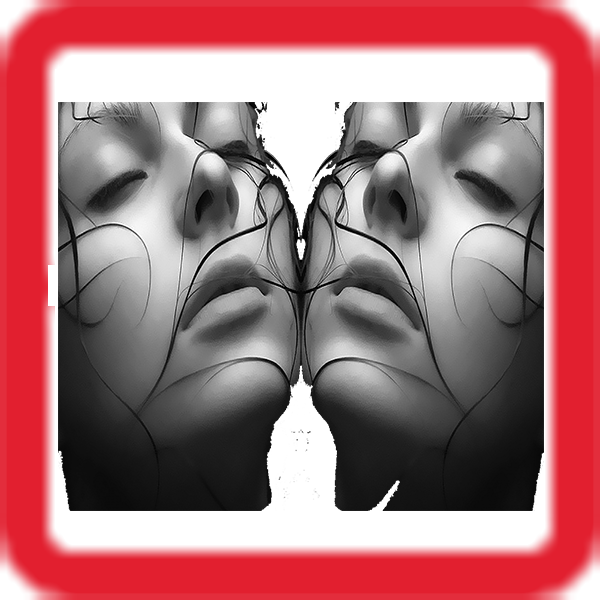Facial paralysis may be caused by damage to the nerve or its branches that carry electrical impulses to the facial muscles, or due to muscle-related reasons. All facial muscles are controlled by the motor nerve called facial nerve. After leaving the brainstem, it travels within the ear bone and leaves the bone under the ear, heading towards the target muscles on the face.
The most common cause of facial paralysis is a disease of unknown cause called Bell's Palsy. This type of paralysis can be fully or partially healed with treatment within 1-2 months. Non-healing muscles create asymmetry, and the formation of nerve bundles that produce abnormal electrical discharges can also cause problems.







Slayt: Yüz felci insanı psikolojik yönden dünyada en çok rahatsız edebilecek konulardan birisidir
